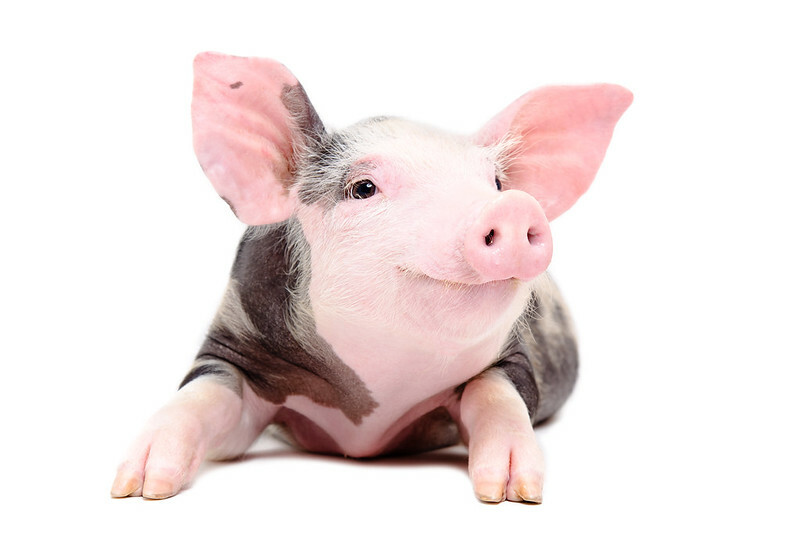



EU ban of zinc oxide could change swine health management
The ban will begin in June 2022
Once the ban begins, the use of zinc for piglets will be limited to 150 ppm total dietary zinc and swine producers will have to find new strategies to prevent bacterial infections and diarrhoea in their herds, explained Stefan Langer, Zinpro Business Development Manager, Swine International.
Nutritionally, weaned piglets need just 80 to 110 ppm of zinc. Research shows, however that pharmacological levels of 2,000 ppm or more can suppress bacterial growth and mitigate or prevent diarrhoea, said Langer wrote in a Zinpro special report on the subject. Higher levels of zinc oxide have also been shown to improve growth performance, he added.
In recent years, though, zinc oxide has been under scrutiny due to concerns over how much zinc pigs are excreting in the environment. High levels of zinc in soil could impact the absorption of trace elements such as iron, and since pig manure is used as fertiliser, the problem is a valid one. Other concerns include the accumulation of zine in the liver of animals and in surface water.
To prepare for the ban, Langer advises swine producers to enhance on-farm biosecurity measures. Prevention, he said, is always the best measure, and usually the cheapest.
Some of his suggestions include: washing, disinfecting and drying pens after a group of pigs moves out, and before the next group moves in; lengthening downtime between groups of pigs; prevent feed trucks from entering the farm or sanitise them before entering the operation; and ensure staff properly wash and disinfect boots before entering and leaving each barn.
To further ensure health post-zinc oxide ban, Langer recommends formulating a vaccination protocol to limit or eliminate opportunistic bacterial infections. Minimise stress within the herd with better feed management, he added, reminding producers that wearing can be a very stressful period for piglets.
Without high levels of zinc oxide, producers will want to pay closer attention to environmental management.
"It’s not just a matter of controlling the average environmental temperature, but also effectively managing variation between day and night temperatures to keep it as narrow as possible," said Langer. "A 5-10°C variation between day and night is simply too much for piglets and can cause additional stress that opens the door for bacterial infections."
Finally, Langer recommends producers formulate swine diets that include essential organic trace minerals to help support health and immune function. He recommends producers begin altering their piglet nutrition and management to improve herd health and to prepare for the changes to come.









